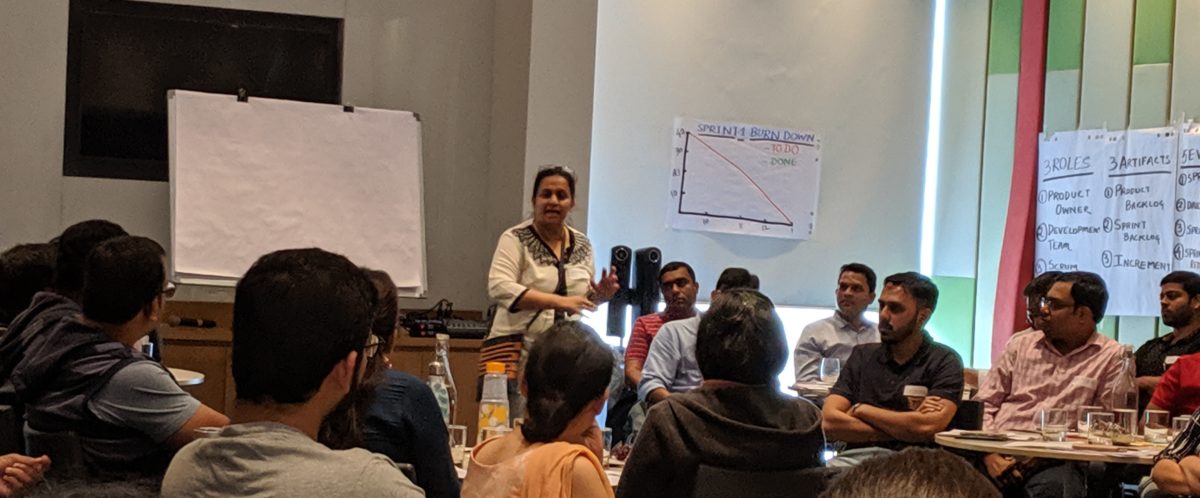Like every scrum project, an agile transformation needs to have its own Product backlog. This backlog will list all items that need to be accomplished in order to transform organizational way of work to agile.
Some Key Items to consider
- Consider using backlog with parent child structure – Agile transformation is a complex piece of work. In the initial stage all the items identified will be very large in size and each of those then needs to be decomposed in items that are manageable in size. Often the top level items are quite independent in nature and will be executed by different sets of people in your organization . For a recent transformation I was a part of some of the initial items in the backlog were Increase Scrum awareness ,Create a supporting organization structure that enables scrum and Increase automation . Each of these items needed to be implemented by completely different teams. Managing the backlog was becoming a difficult task and we ended up creating a sub backlog for each of the items in the parent backlog
- Ensure that each item has a defined/measurable acceptance criterion. For any large initiatives you will have negative stakeholders – Those stakeholders who are skeptical and don’t agree on value brought in by the transformation. It then helps to have measurable success criterion – defined and agreed upon before you start the work.
- Deliberate on Business value of each item – With stakeholders and team members being used to a plan driven way of operating, the product backlog transforms into action driven plan rather than a list of items where each item adds a discrete value. It helps to consciously call out the business value attached with each item. Over time this becomes a habit but it needs attention and focus initially while the team is getting used agile way of working
